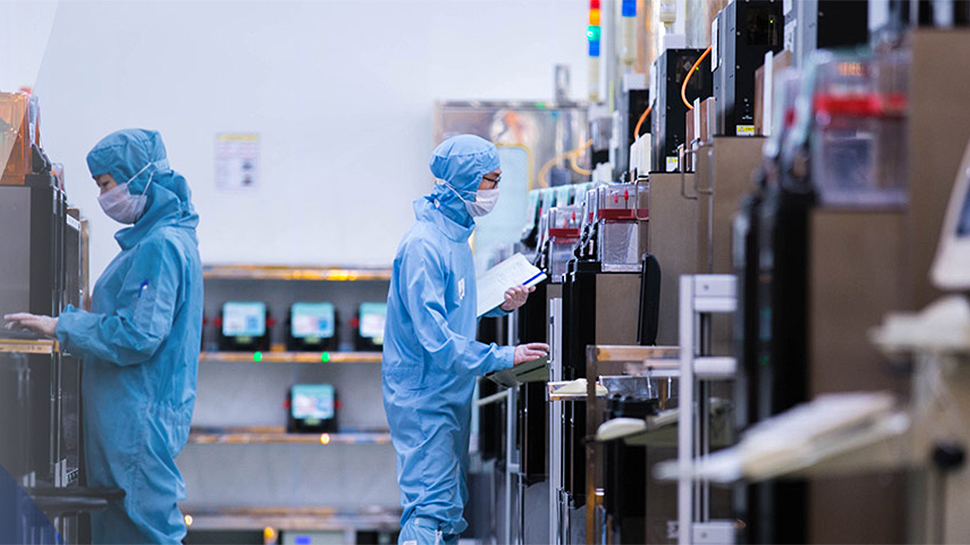
Chinese entities have led the purchase of chipmaking tools for several years now. Still, this year's wafer fabrication equipment (WFE) sales to Chinese chipmakers will drop because of sanctions and overcapacity, according to a Reuters report citing a TechInsights webinar.
According to TechInsights, China's investment in semiconductor manufacturing tools is set to drop from $41 billion in 2024 to $38 billion, a 6% reduction. In recent years, much of China's investments were driven by stockpiling, as companies sought to secure tools before additional U.S. restrictions took effect. The upcoming downturn is attributed to tighter U.S. export restrictions and an oversupply of chips.
While a $3 billion drop is significant, a $38 billion spending means that China will remain the world's largest market for wafer fabrication equipment, followed by Taiwan, South Korea, and the U.S. In 2023, Chinese companies purchased $36.6 billion worth of WFE, billings to South Korean companies totaled $16.94 billion, and Taiwanese entities procured semiconductor production tools worth $19.62 billion. In contrast, according to SEMI, American chipmakers trailed with $12.05 billion.
Although U.S. sanctions have limited China's access to advanced semiconductor production technologies (particularly those used for AI and supercomputers), China has made significant strides in mature-node chips, ramping production and gaining ground on American and Taiwanese competitors. This segment includes older but widely used process technologies, such as 28nm, 45nm, 90nm, and 130nm.
While this expansion has strengthened China's position on the market, SMIC recently warned of potential oversupply risks, which could impact profitability as demand for consumer electronics — where many of the chips produced on mature nodes are used — is weak these days.
It should be noted that analysts and market observers from outside of China primarily track sales of Western tools to the People's Republic. Meanwhile, foreigners have relatively limited visibility on what is happening with domestic wafer fabrication equipment suppliers. The latter have grown their sales and market share in 2024 to record levels. Companies like AMEC and Naura, which specialize in etching and chemical vapor deposition (CVD) tools, produce world-class equipment and are on track to push aside such giants as Applied Materials, KLA, and Lam Research in China.
However, China still struggles with key weaknesses in semiconductor production as domestic chipmakers remain heavily dependent on foreign suppliers for lithography machines. Currently, they purchase tools from companies like ASML, Canon, and Nikon as Shanghai Micro Electronics Equipment (SMEE) can only make litho tools good enough for process technologies of 90nm and thicker (even though it planned to deliver its first 28nm-capable scanner in 2023). China also lags in testing and assembly equipment. In 2023, domestic companies supplied only 17% of testing tools and 10% of assembly machines used in the country, according to TechInsights.
While China will reduce its purchases of chipmaking tools in 2025, it will still be the biggest buyer of such equipment. This is because it is rapidly building fabs specializing in mature process technologies. Once these fabs are equipped, they will have formidable production capacity and likely flood the market with simplistic chips like display driver ICs (DDICs) and power management ICs (PMICs), which will hit companies from other regions hard.







